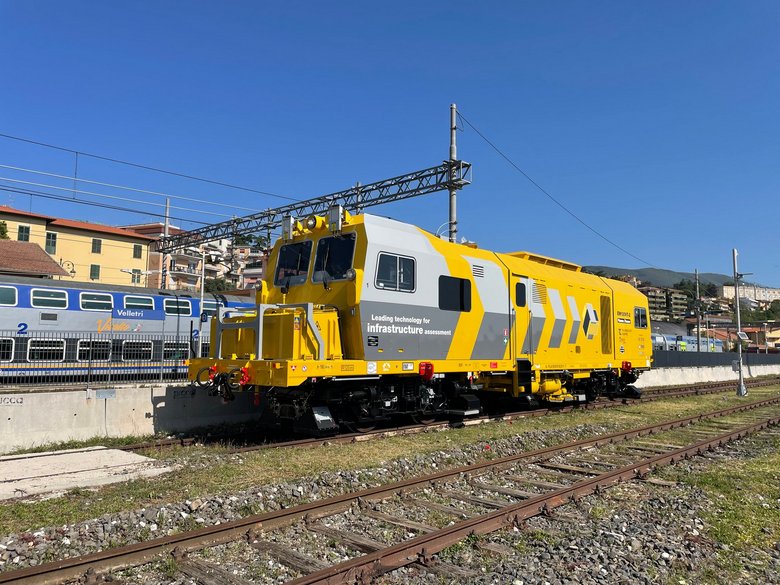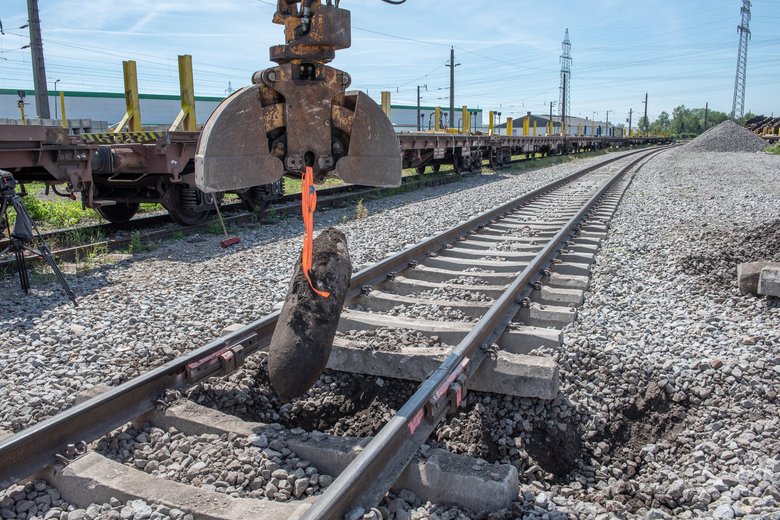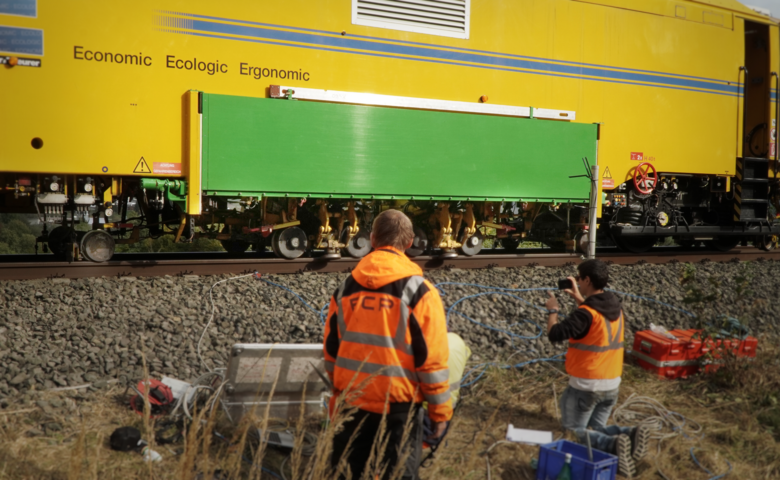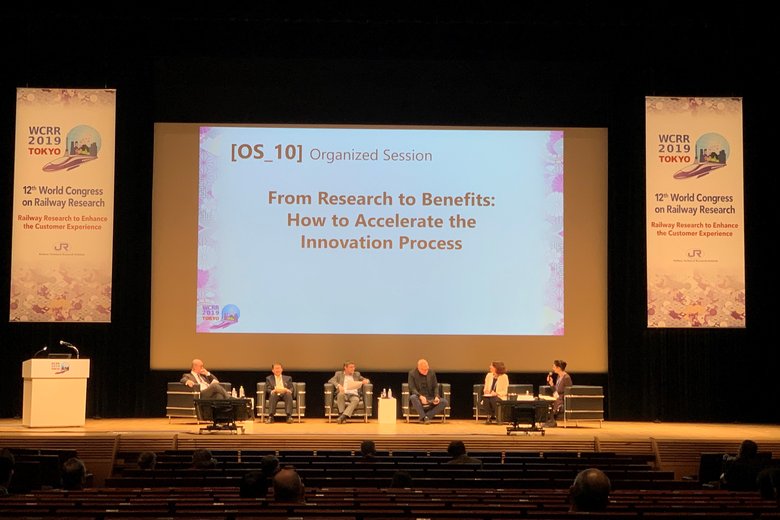Tracking ballast
Rediscovering ballast
Track ballast is the determining component of the permanent way supporting structure. Today’s knowledge about the complex behaviour of ballast is largely based on a doctoral thesis from Graz Technical University which was written by J. Fischer in the early 1980s. The latest examination methods and insights will contribute to a better understanding of ballast behaviour and to an optimisation of the whole system. Samir Omerovic deals with one of these methods in his work. He is working in the research department of Plasser & Theurer and applies the Discrete Element Method to specific issues in track construction. A new examination approach that shows much promise.
Drainage, load transfer or force homogenisation, damping and retaining track geometry are some of the functions that ballast fulfils in the track system. An insight into the physical background and the interaction of the different effects is therefore of great importance, both from a theoretical and practical point of view. However, reality presents a different picture. There is currently only little proof in the form of calculations of the measured values used in practice.
Based on the current level of expertise it is not possible to state with certainty which conditions are required to achieve the “best possible” consolidation of ballast. Very little is also known about the formation of voids as well as the breaking and wear phenomena of the ballast stones.
The main reason for the lack of knowledge is the complexity and heterogeneity of the material which makes it difficult to carry out experiments in a laboratory environment.
The use of the Discrete Element Method could offer a viable alternative. Even though this method has been known since the 1970s, only the use of today’s high-performance computers has made it possible to utilise its full potential and to gain new insights.
The Discrete Element Method makes realistic results possible
The Discrete Element Method (DEM) is a numerical simulation process that was developed for finding solutions to issues of a discontinuous character. It is part of the group of particle methods and therefore is ideally suited for investigating track ballast. Each particle is described individually, i.e. it is discretised.
A prerequisite for a realistic DEM simulation is the appropriate selection of the calculation and material parameters. At Plasser & Theurer, Samir Omerovic uses the latest software for this, allowing parallel computation on several graphics cards and therefore completing even very calculation-intensive tasks in a relatively short time. Furthermore, non-spherical, polyhedral and thus realistic geometries can be selected. Also, geometries from a 3D scanner can be read in and used.
The DEM application not only supports theoretical considerations but can also answer concrete problems from practical work. For example, with the use of DEM it was possible to determine the maximum amount of ballast that the conveyor of a material conveying and hopper unit (MFS) can manage. Specifically, the calculations had to determine the maximum delivery rate that is possible in a superelevated track in a curve at different speeds. This demonstrated already that this method is able to solve such tasks in a very short time and at a relatively low cost with very precise results.
Step by step towards the smart machine
Samir Omerovic: “The results from the calculations so far clearly show that we have a very powerful and efficient tool in DEM. Apart from concrete tasks, we will also use it for fundamental research into track ballast. We are confident that we will also gain new insights in this area which in turn can only benefit the development of our machines.”



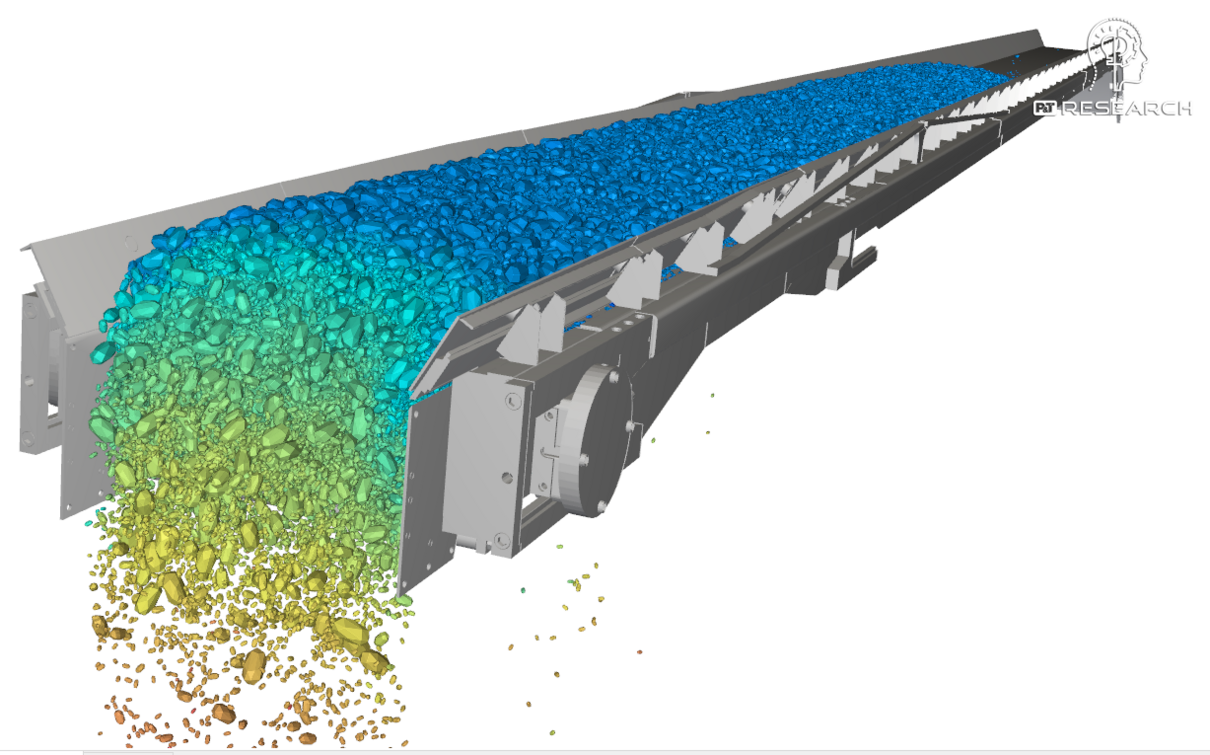

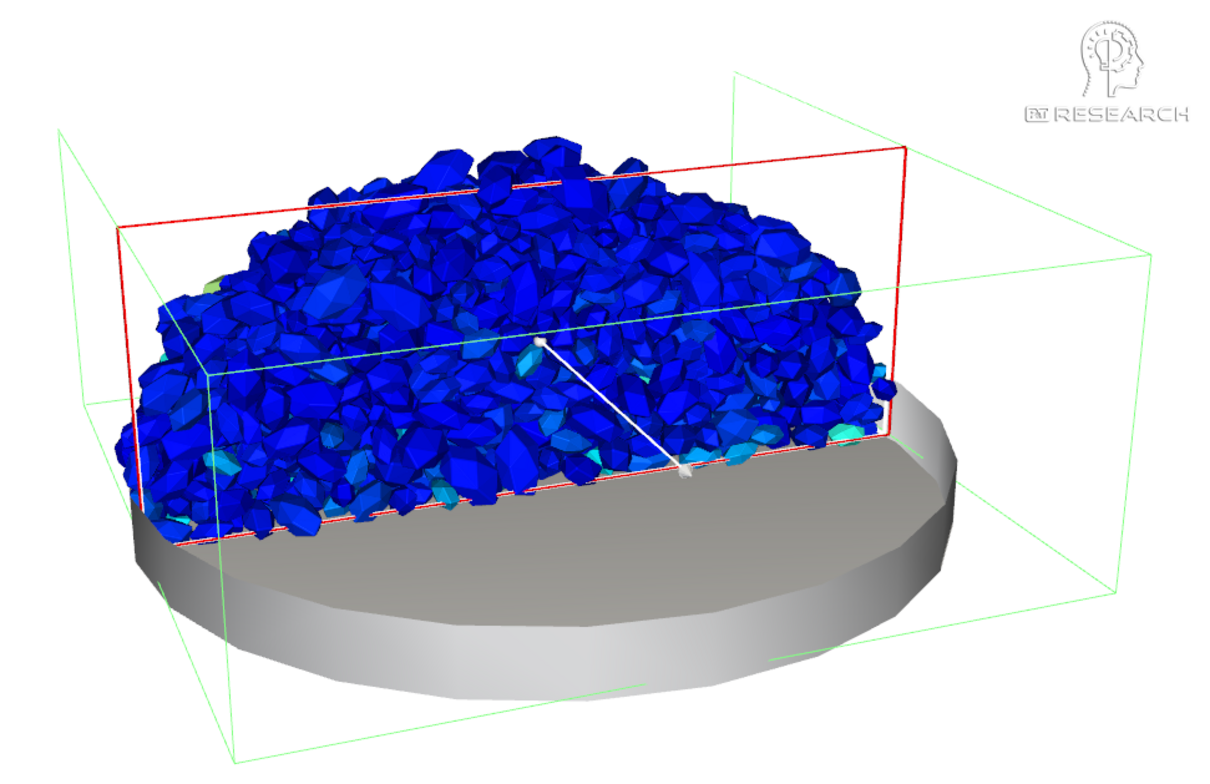



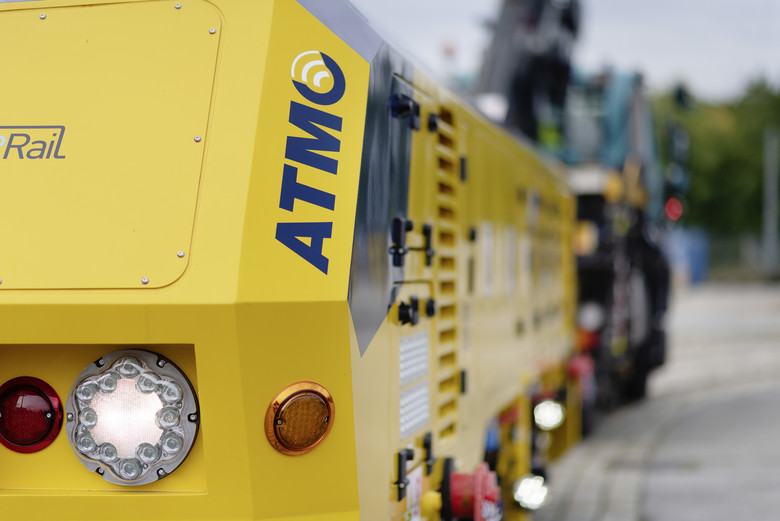

![[Translate to Französisch:] [Translate to Französisch:]](/fileadmin/_processed_/a/9/csm_202109_Visualisierung_beim_Stopfen__1__f0921ecd25.png)
